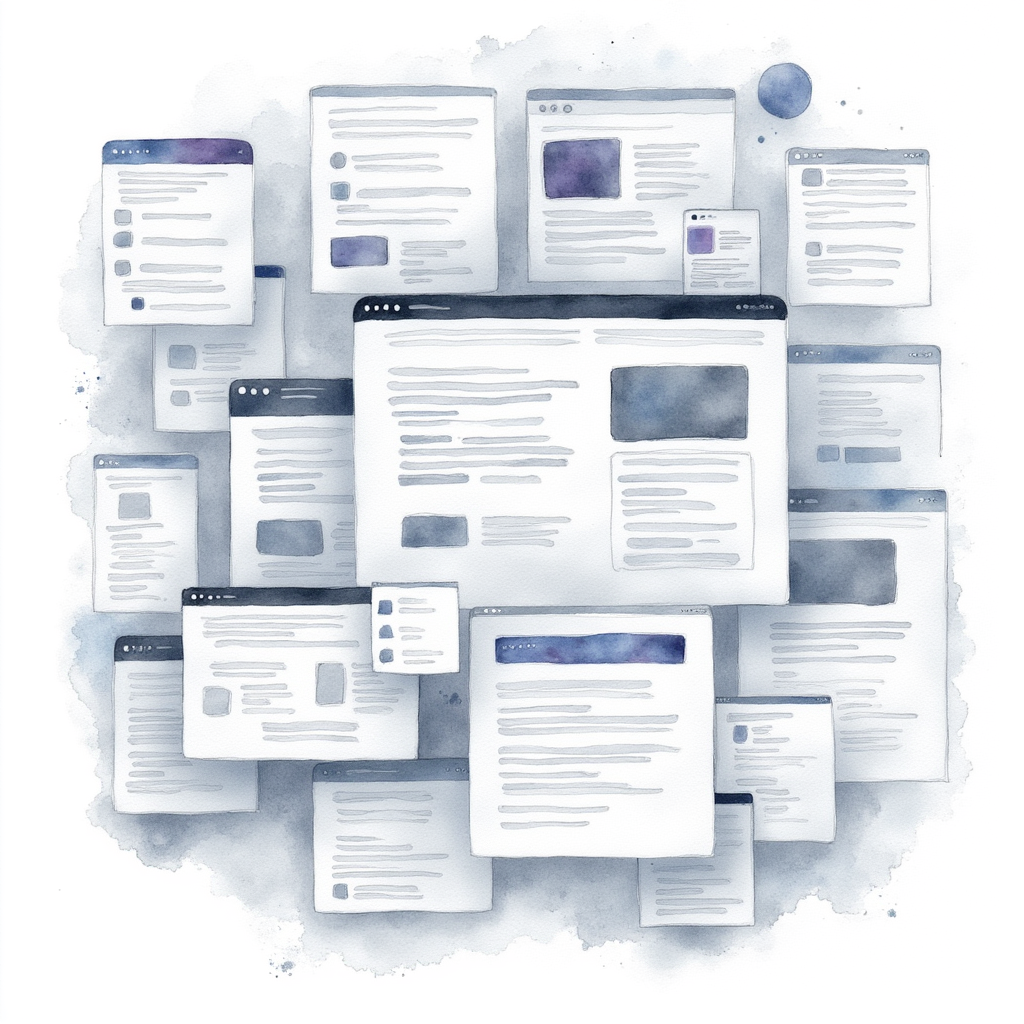Your digital edge is a moving target.
A website navigation that felt clean two years ago suddenly feels cluttered today. Your feedback form feels like a college exam, and mobile expectations shift with every new phone release.
This is how your user experience (UX) drifts: slowly, subtly, and without any obvious signals. Except, perhaps, subtle increases in bounce rate, decreases in form fills, and shrinking time-on-site metrics.
UX Drift is: the gradual erosion of a once-sharp digital experience. And you’re not the only one experiencing it. The world is changing faster than your systems can adapt. Fortunately, you don’t have to rebuild everything to get that sharp edge back. Once you identify the weak spots, you can start putting things back where they belong.
Here are three ways to spot UX drift early, so you can keep your customers, conversions, and credibility.
1. Look for Hidden Friction
If you’ve ever forgotten why you walked into a room, you know that every extra step is an opportunity for distraction. The same thing happens on the internet. Obstacles cause friction, friction causes distraction, and you’ve lost your visitor’s attention. This friction loves to hide in the small stuff:
- A form with too many fields.
- An ambiguous call to action
- A carousel that cycles too fast.
These aren’t just annoying web quirks; they’re quiet interruptions. Each one adds a fraction of a second to user effort. Multiply that across dozens of interactions, and suddenly, you discover your easy “two-step” process has 37 steps.
Need proof? OptInMonster found that forms with just three fields see conversion rates as high as 25%. When there are six or more fields, that rate drops to 15%.

Where to look for UX drift caused by hidden friction:
Fire up your chosen analytics tool and take a look at your metrics for:
- Similar drop-off points during key flows (checkout, form submissions, navigation loops).
- Repeated taps on the same element (also known as “rage clicks”) are a clear sign of confusion or frustration.
You can also use tools like Hotjar, Mouseflow, or Microsoft Clarity to review session recordings with an eye toward where your users hesitate or scroll back repeatedly.
UX drift quick fix:
Choose a high-value journey through your website, like finding and filling out a contact form, and act as a new visitor to your site. Now try to complete the task, and as you go through the process, ask yourself, “Where did I hesitate?” If you hesitate, imagine what your users are doing. Rework the process to eliminate friction, and have a co-worker try the same task. Repeat until you’re out of interruptions (or coworkers).
2. Audit Confusing Language
Buffalo8 or Buffalo buffalo Buffalo buffalo buffalo buffalo Buffalo buffalo.
Did you get that?
How about “Buffalo from NY bully other New York buffalo.”
Clarity will always beat clever, because clever requires your brain to do more work. This is especially true with the words you use on your website. Items in your navigation, button actions, and headlines can slowly drift out of sync with how people think and talk. Buttons that say “Go”, headlines that overpromise and never deliver, or “More” in your navigation bar erode confidence, and that hesitation could cause your visitor to go elsewhere.

Where to look for UX drift caused by confusing language:
- Test your navigation: if someone outside your team can’t explain what a link means in five seconds, rewrite it.
- Revisit your call-to-action (CTA) labels. Use nouns and verbs that specify the action: “Get My Report,” “Book a Review,” “Start My Project.”
- Scan your headlines: would you read the full article based on what you just saw?
UX Drift Quick fix:
Take a look at your navigation bar and expand every drop-down menu. Do you know exactly where each link will take you? If not, consider rephrasing jargon or unclear phrases with descriptive, clear text.
3. Benchmark Performance Against Leaders
There’s no way around this: your website contains technology, and technology standards are always changing. While your KPIs and metrics may say that you’ve improved time on site and lowered the bounce rate, users don’t care about internal metrics. They are comparing your website to the rest of the internet. If Google can tell you who wrote “All Along the Watchtower” before you even finish typing the question, users are definitely going to get frustrated if your search results page takes a full 45 seconds to load. Poor website performance can drive users away:
- Mobile pages that load in four seconds instead of one.
- Click paths that take three steps when others take one.
- Layouts that don’t adjust to different screen sizes.
- Popup windows that cover all of the content

Where to look for UX drift performance problems:
- Measure page speed on real mobile networks (not just your office Wi-Fi).
- Test your site against top competitors or best-in-class digital products (even outside your industry).
- Track your mobile conversion rate monthly; downward trends signal drift.
UX drift quick fix:
Run your site through Google’s PageSpeed Insights or Lighthouse. Focus first on what affects perceived speed, image compression, layout shifts, and font loading.
Reclaiming Your Digital Edge
At the end of the day, UX drift happens to every organization that’s growing, iterating, or maintaining a digital platform. The key is to catch it early, before it turns into sprawl. If you catch it early, the fixes are easy, and so is your return on investment. When you regularly scan for hidden friction, outdated language, and performance lag, you make it easier for your visitors to stay on task.
If you’d like a fresh perspective, our team at Culture Foundry offers complimentary website reviews. At these collaborative, diagnostic sessions, we can identify possible issues and suggest specific, actionable improvements for your site.
Because your digital edge isn’t a one-time achievement – it’s a living system, and it deserves regular care.


